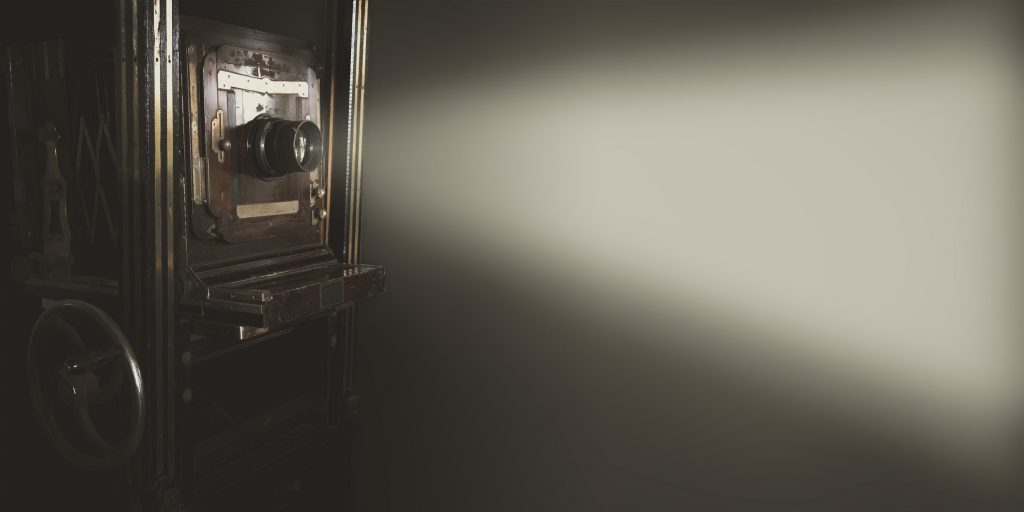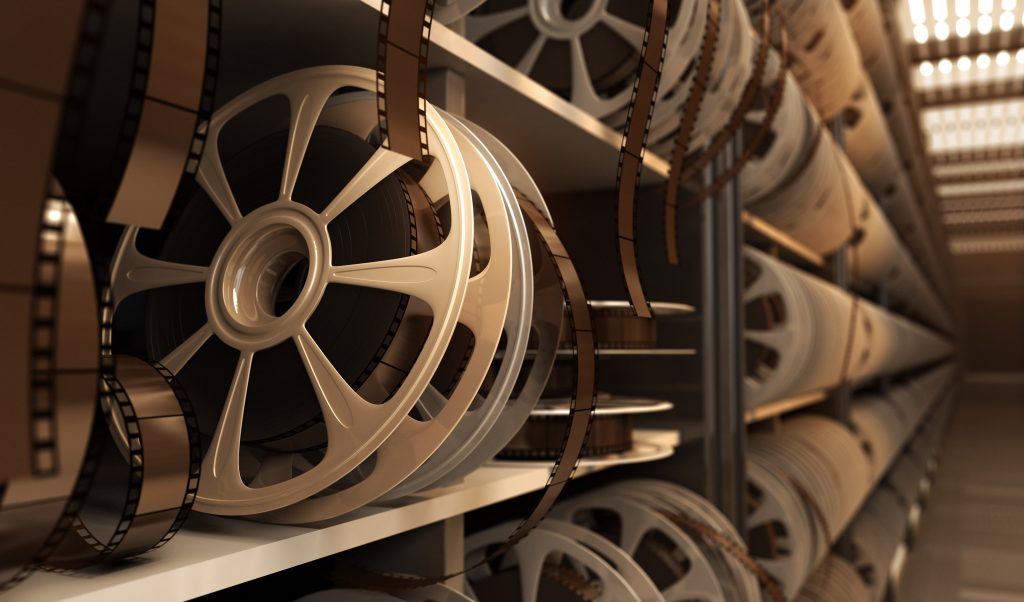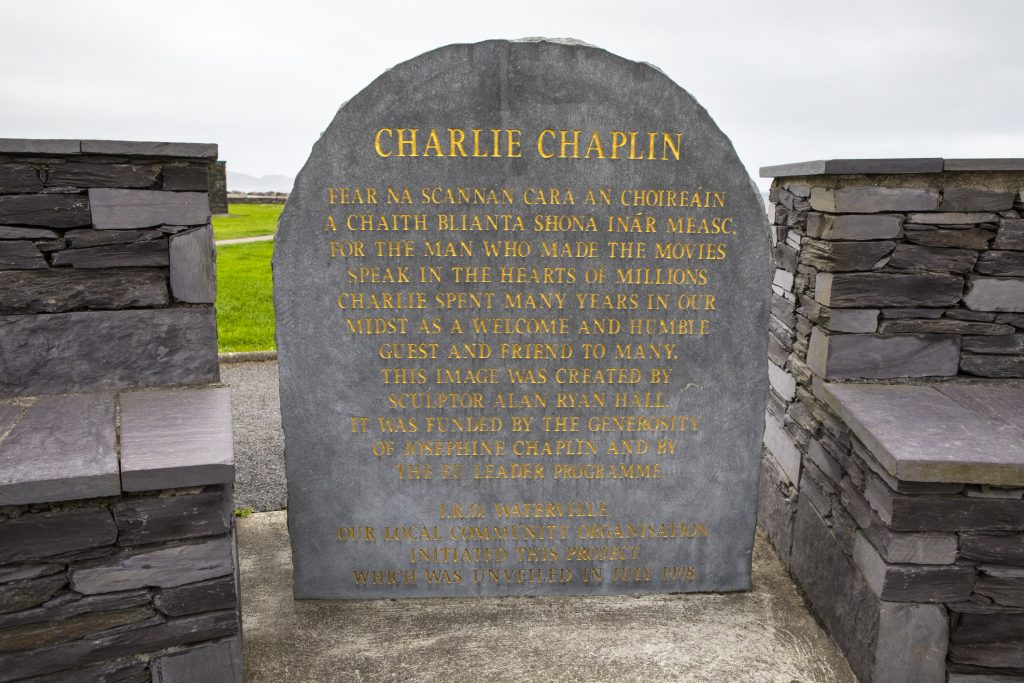You probably weren’t around when films first hit the big screen, but you may be aware that the earliest films didn’t have any sound. It might be hard to imagine watching a film without audible dialogue or sound effects, but for a long time, people would enjoy films with musical accompaniment, often being played live alongside the film viewing.

Let’s take a look at the history of silent film and how these films eventually developed into what we know and love today.
Before Sound
The film era began in the late 1800’s with inventors like Thomas Edison and the Lumiere Brothers crafting machines that could project images. This silent film era lasted from 1894 to 1929, and during this time a number of “moving pictures” were shown in theatres on the big screen.
Silent films were just that, silent, with no talking or sound effects. But so that patrons weren’t watching a screen in complete silence, and to add some dramatic flair, the theatres would have live music playing in sync with the action on screen, often on pianos, or sometimes with full symphonic orchestras in larger theatres.
The silent film era brought us such stars as Charlie Chaplin, Louise Brooks, Buster Keaton and Laurel and Hardy. Some famous actors of the day would go on to continue their careers once silent film switched to the era of sound, others would not.
Aside from live music, the dialogue would be simulated with title cards. Title cards were used in the early twentieth century and consisted of frames of text that would be inserted intermittently between scenes in the film to indicate what characters were saying to one another, among other things. This allowed films to have more detail and expanded the potential of the storytelling – in the same way voice-overs are used today.
In fact, the first Oscars in 1929 had an award for “Best Writing – Title Cards” that went to Joseph W. Farnham for Fair Co-Ed, Laugh, Clown, Laugh and Telling the World. This would be the first and last time the accolade was issued.

The Rise of Talkies
The transition from silent film to “talkies” in the 1920s transformed the film industry forever. Even though there had been experiments in sync-sound motion pictures since 1896, it wasn’t until the 1920s that the technology was available to make “talkies” possible.
The first known exhibition of projected sound films took place in Paris in 1900, but it was decades until sound motion pictures were commercially practical. The early sound-on-disc systems weren’t reliable, and recording quality was also inadequate. In the mid-1920s, sound films which included synchronised dialogue became known as “talkies”, and they were exclusively shorts.
The earliest feature-length film presented as a talkie was The Jazz Singer released in 1927. It was a major hit and was made possible using Vitaphone – an analogue sound-on-disc system that was widely used; they would be played on a turntable while the film was projected. The film contains barely two minutes worth of synchronised talking, still making use of title cards for most of the dialogue; however, it was a pivotal moment for the film world that would change the medium forever.
While the introduction of sound helped to boost the motion picture industry, it would be disastrous for some actors of the day, who were unable to adapt to this new format. It caused particular problems for foreign actors working in the US, whose accents were thought to disrupt the American idiom.
Perhaps the biggest silent film star in the world, Charlie Chaplin, was famously sceptical of talkies, claiming they lack the artistry of silent film. Going against where the film world was rapidly heading, Chaplin continued to release silent films, only first succumbing to using spoken dialogue in his politically satirical film The Great Dictator (1940) as he felt he had no choice, and because he recognised it as a better medium for delivering a political message.

Silent Films Today
While you’d struggle to find a silent film playing in theatres today, there have been several homages to the days of silent film that have hit the big screen in modern times.
In 2005, H. P. Lovecraft’s The Call of Cthulhu was made into a silent film that maintained a period-accurate filming style and was received exceptionally well. In 2011, French film The Artist was released in the style of a black and white silent film or part-talkie and went on to win many awards including five Academy Awards. Then in 2015, animated kid’s film Shaun the Sheep Movie was released and could be considered to be akin to the silent film era due to there being no character dialogue.
Film has undoubtedly come a long way when we think of the incredible sound effects and the giant cinema speakers that they’re played through. If you have any old film footage that you want to preserve for future generations, contact Cine2DVD today. We can do an 8mm cine film to DVD conversion, transferring your precious footage onto a more reliable format.
